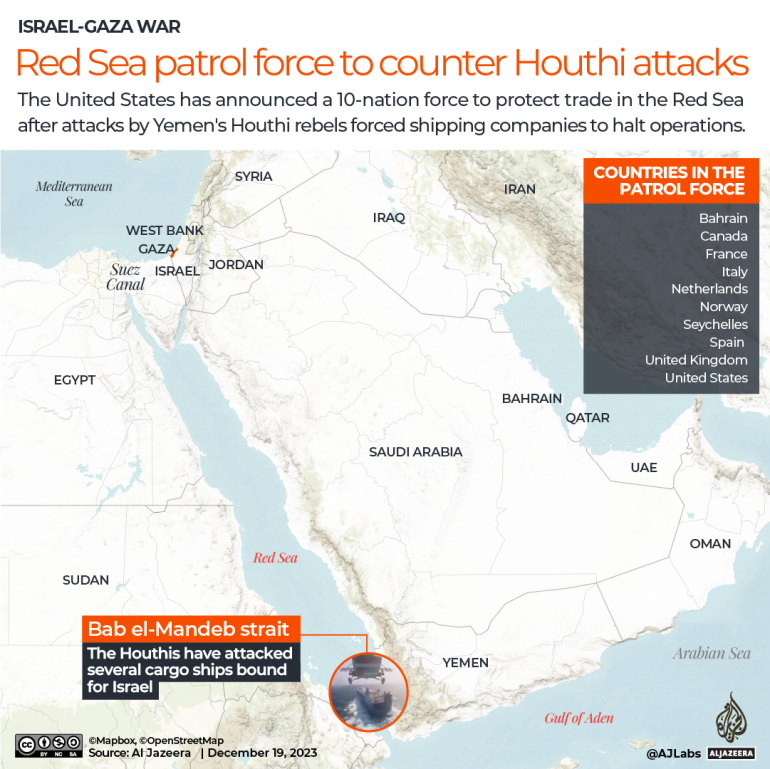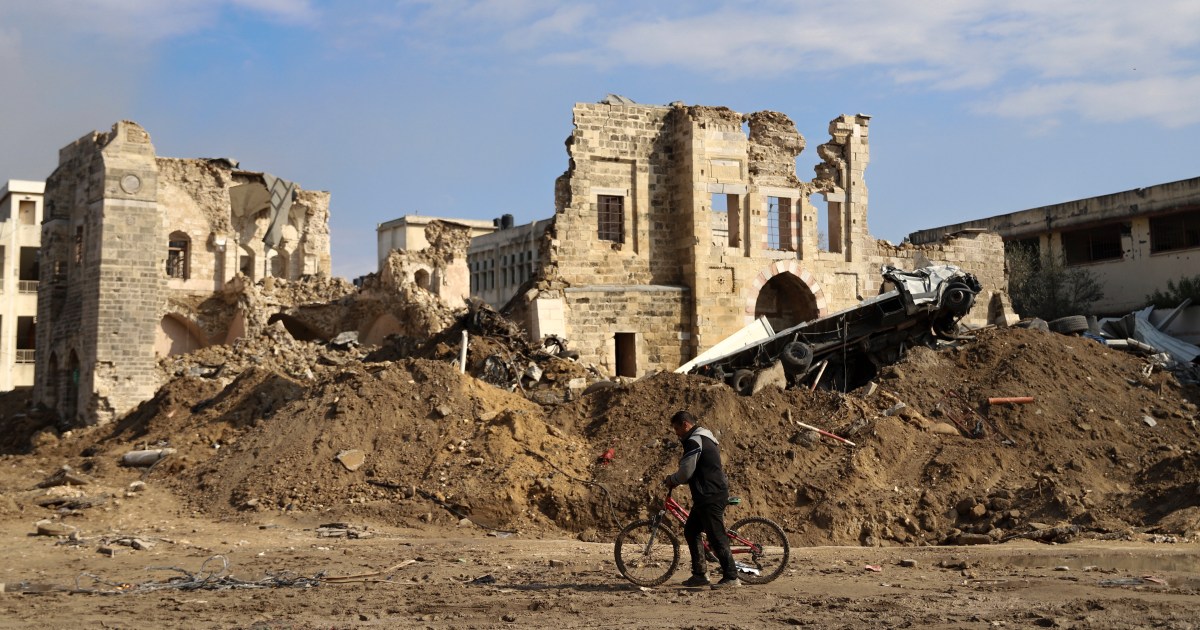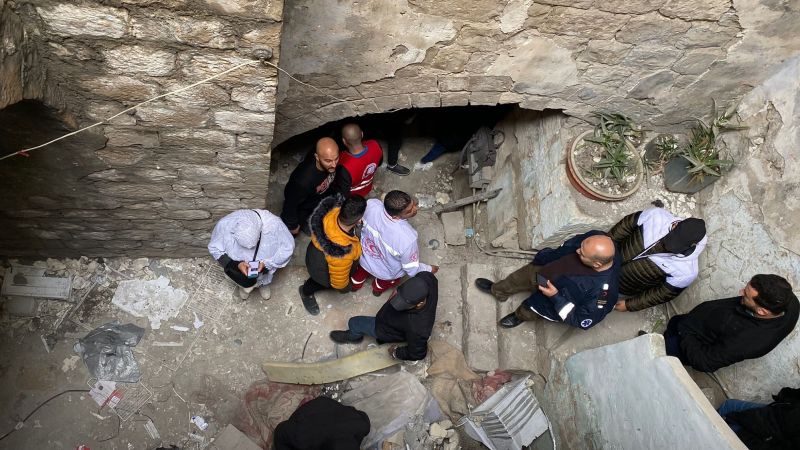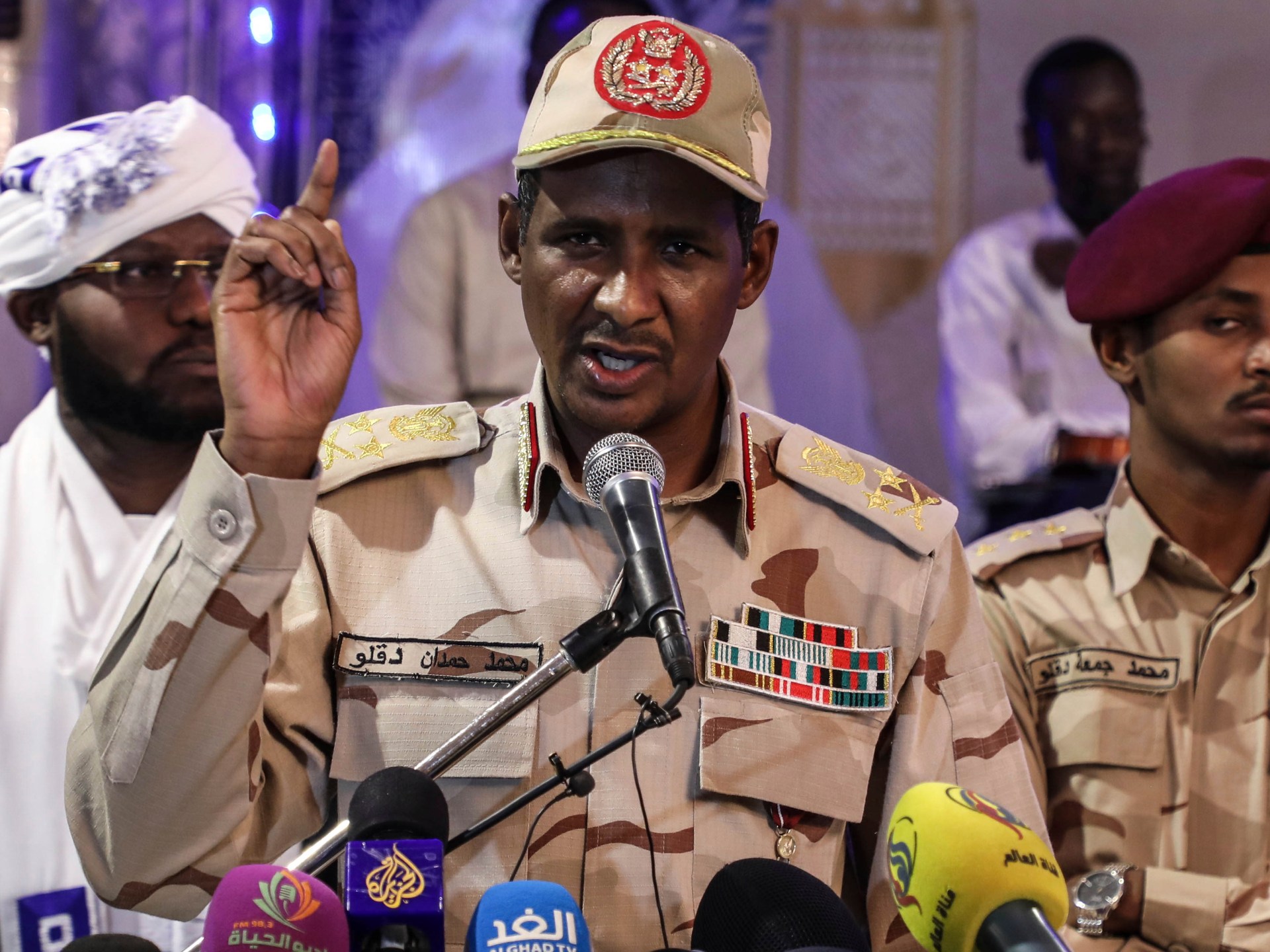Can the US-led maritime force stop Yemen’s Houthi attacks during Gaza war?
The United States has announced the establishment of a new multinational maritime security force in response to attacks on ships launched by Iran-aligned Houthi rebels in Yemen.
The initiative is aimed at ensuring ships can pass through busy waterways near Yemen safely as the Houthis have been targeting vessels in protest of Israel’s war on Gaza, which has killed more than 19,000 Palestinians.
But what will the task force do, how will it work and how effective could it be?
What is the new force?
US Defense Secretary Lloyd Austin announced the establishment of a 10-country force on Tuesday in Bahrain.
In addition to the Arab nation, the United Kingdom, Canada, France, Italy, the Netherlands, Norway, the Seychelles and Spain have agreed to join Washington in the new mission.
Some of the countries are expected to conduct joint patrols in the southern parts of the Red Sea, the Bab al-Mandab Strait and the Gulf of Aden while others will support the force by providing intelligence.
The mission will be coordinated by Combined Task Force 153 (CTF 153), an existing force under a US-led joint effort established in April 2022 with the aim of improving maritime security in the area.
The existing framework has 39 member nations, and there are reports that other countries could join or have already agreed to join the newly formed 10-member maritime effort but don’t want it publicised.
The Houthis have promised to stand up to any US-led efforts and only stop their attacks once Israel stops its war in Gaza. They have signalled they are open to talks, but diplomacy has so far failed to stop their attacks.
For its part, Iran has warned Washington that its joint maritime effort will face “extraordinary problems”.
How disruptive are the Houthi attacks?
The Houthi group, also known as Ansarallah, started its operations against Israel by launching missiles and drones on the southern parts of Israel, including the port and tourist city of Eilat, in October soon after the war started.
Most of the projectiles were intercepted by Israeli and US defences or fell short due to the roughly 2,000km (1,240-mile) distance between the two countries.
So the Houthis changed tactics, instead focusing on ships near their shores. They have since been firing missiles and launching attack drones at commercial ships that they claim are linked to Israel and seized a vessel last month that they are still holding in a Yemeni port.
Their attacks have stopped many ships from making their way to Israel.
At least 12 shipping companies have suspended transit through the Red Sea due to these safety concerns. They include some of the largest in the world: Denmark’s AP Moller-Maersk, Germany’s Hapag-Lloyd, the Italian-Swiss Mediterranean Shipping Company and France’s CMA CGM.

Is a new oil crisis brewing?
Markets, including the oil and gas market, have increasingly reacted to the attacks, especially considering the volume of cargo being redirected.
For instance, Maersk and Hapag-Lloyd together operate almost a quarter of the world’s shipping fleet.
Bab al-Mandab, the narrow waterway that separates Eritrea and Djibouti on the Horn of Africa from Yemen on the Arabian Peninsula, is where 10 percent of the world’s seaborne crude oil travels. More than 17,000 ships pass through it each year. It is less than 20km (12 miles) wide, far narrower than the more than 200km (124 miles) of the northern parts of the Red Sea.
The direct impact on oil prices has been relatively limited so far, but experts have warned that things could significantly escalate if the attacks continue and security remains an issue. Insurance premiums and prices of oil and gas products are expected to rise if the conflict is not resolved.
How will the task force provide protection to ships?
Some of the member nations of the task force have warships in the Red Sea. Two US navy destroyers, the USS Carney and USS Mason, are sailing through the Bab al-Mandab Strait.
The idea is for the warships to serve as a deterrent to Houthi attacks and to stop them when possible.
The naval ships won’t necessarily escort commercial vessels through the Red Sea but will be on standby to respond to attacks.
Will the task force be able to stop Houthi attacks?
It’s complicated. Houthi fighters landed a helicopter on a ship last month to capture it. The presence of task force military vessels nearby could make a repeat of such a move harder.
The task force’s warships could also strike down incoming missiles from Yemen, just as they have intercepted rockets headed towards Israel. But even Israel’s much-touted Iron Dome missile defence system doesn’t have a 100 percent track record of stopping incoming rockets. So far, the US has not fired back at Yemen.
At this point, the markets appear unconvinced that the task force will be able to protect shipments through the Red Sea. On Tuesday, Maersk said it was rerouting its ships around Africa to avoid sending them through the Bab al-Mandab Strait.



